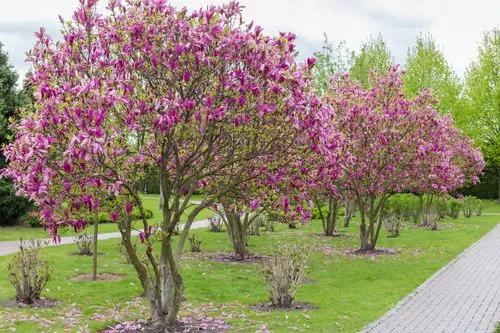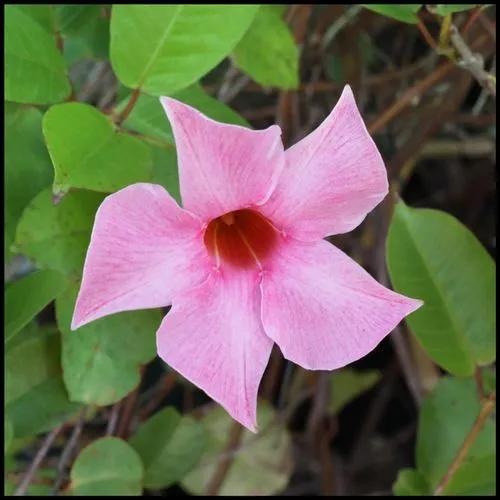Crataegus monogyna, known as common hawthorn, oneseed hawthorn, or single-seeded hawthorn, is a species of hawthorn native to Europe, northwest Africa and West Asia. It has been introduced in many other parts of the world. It can be an invasive weed.
Hawthorn Care
Crataegus monogyna



The common hawthorn is a shrub or small tree 5–14 metres (15 to 45 feet) tall, with a dense crown. The bark is dull brown with vertical orange cracks. The younger stems bear sharp thorns, approximately 12.5 mm (half an inch) long. The leaves are 20 to 40 mm (1 to 1½ inches) long, obovate and deeply lobed, sometimes almost to the midrib, with the lobes spreading at a wide angle. The upper surface is dark green above and paler underneath. Other common names of the plant include may, mayblossom, maythorn, quickthorn, whitethorn, motherdie, and haw.
How to Care for the Plant

Water

Hawthorns are low-maintenance, needing little care and attention once established. They may need watering during prolonged dry periods in summer – particularly in the first few years to ensure they establish well.

Fertilizer

Feed with a general granular plant food in spring.

Sunlight

Hawthorns aren’t too fussy over their position – they will grow in open, sunny sites or partial shade.

Soil

They prefer a well-drained soil enriched with lots of organic matter, which holds plenty of moisture in spring and summer, doesn’t dry out or become waterlogged. They will grow in just about all soils types, including chalky and alkaline ones.

Temperature

The plant is not frost tender. It can be grown in the areas with the lowest winter temperatures of -34.4°C (-30°F).

Popularity

1,142 people already have this plant 235 people have added this plant to their wishlists
Discover more plants with the list below
Related articles






